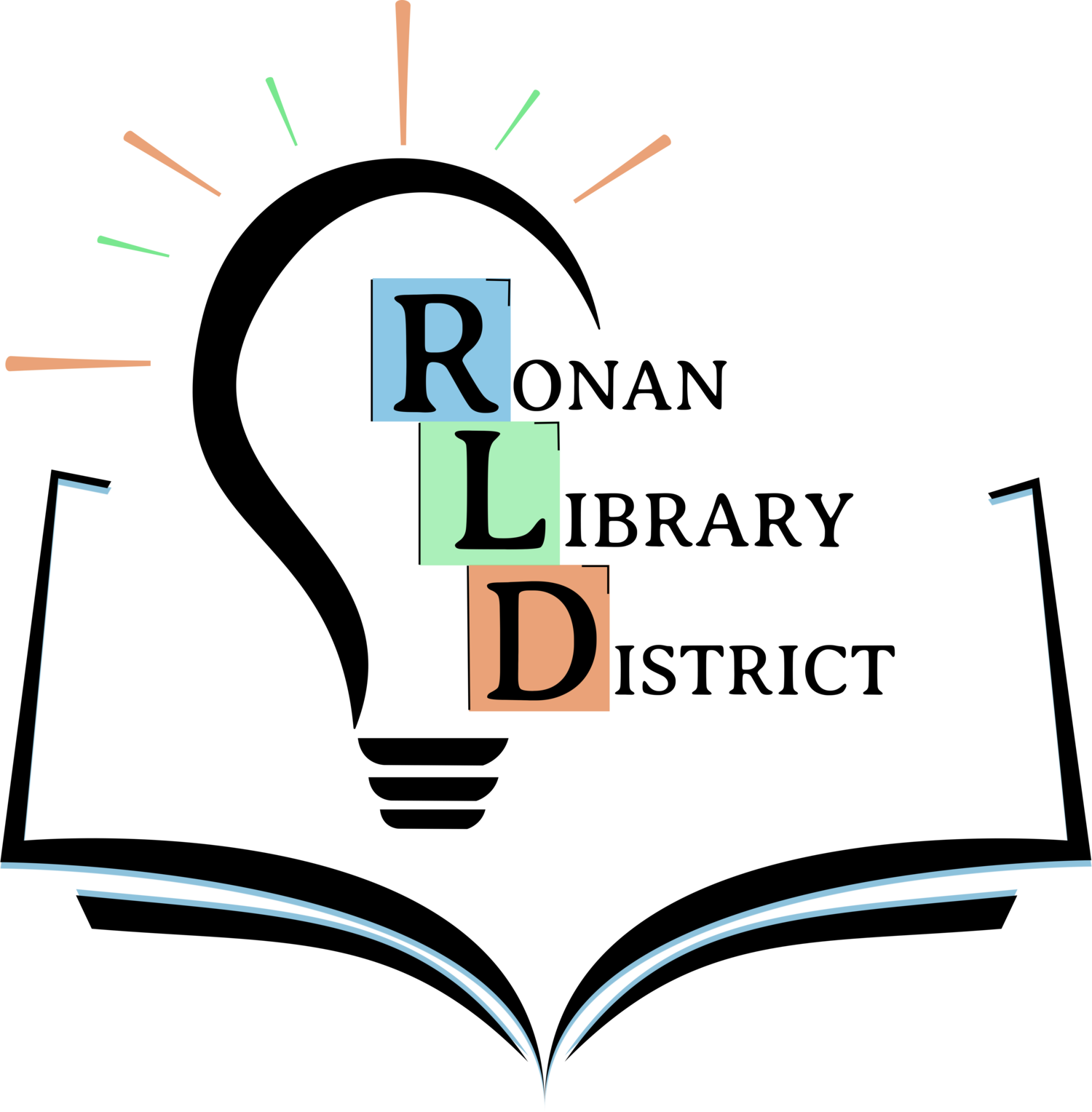From: theregister.com
Link: Click Here
Ardour goes harder: v6.0 brings 'huge engineering changes' to open-source digital audio workstation
Tim Anderson
5-6 minutes
The sound-tinkerers among you will be pleased to learn that Ardour 6.0 is out, representing a major upgrade of the open-source digital audio workstation for Linux, macOS and Windows.
Ardour is a full-featured audio mixer and editor with unlimited tracks and non-destructive editing, patching and routing, video sync for soundtracks, and plugin support for AudioUnits on macOS, VST on Windows and Linux, and LV2 on all platforms. Automation is possible with Lua scripting. It is an alternative to the popular Audacity, another cross-platform audio editor, but Ardour has a more complete set of features for audio engineers.
According to the release notes, the main changes in version 6.0 are under the hood, where there have been "huge engineering changes". It has been a long wait; the previous version 5.12 was out in September 2017. "The primary reason for the very long interval between the two releases has been the scope and difficulty of these engineering designs and implementations," said the developers.
The result is full latency compensation so that alignment of the various signals routed through Ardour is precise. There is also a new resampling engine, the ability to add sound effect processing to a track when recording, simultaneous monitoring of input and output, improved MIDI support (though there remains "significant work to do"), and an enhanced plug-in manager.
On the audio format side, FLAC is now an option for Ardour's native recording format, and MP3 import and export is now fully supported – the developers were formerly opposed to MP3 import because it is a lossy format and not intended for this use. There are hundreds of other new features, and experimental support for a web browser user interface using WebSockets.
We installed the new version on Windows and macOS, which is a bit of an ordeal thanks to security issues. Microsoft Edge said "this file is blocked because it could harm your device", then if you choose to keep it you get a further warning from Microsoft Defender SmartScreen on installation. On macOS Catalina you have to do the dance of trying to install, getting blocked, then heading to Preferences to unblock.
Ardour is most at home on Linux, and is included in the repositories of many distros, though it will take time to update them to 6.0. You can also download from the Ardour site, where the developers have chosen a business model where the software is free to use if you compile yourself from source, but if you choose a pre-built binary you pay either by subscription or single payment. The recommended single payment is $44.00 but you can pay what you like.
Ardour is built using the GTK+2 GUI framework, which was first released in 2002, and the last feature release was in 2011, though it is still maintained. GTK+3 is recommended for new development and GTK+4 is in preparation for release late in 2020. GTK+3 has better support for modern displays so why the old version?
Responding to this question on the Phoronix forum, lead Ardour developer Paul Davis said that use of GTK+2 "won't be changing any time in the foreseeable future."
He added: "We would gain nothing and waste months (or even years) on porting. And to what? GTK3? GTK4? Juce? QT? Our users are too important for us to waste that much time on something with so little payback. We'll continue to work on developing more GUI tech that sits above GTK and generally sidesteps GTK, which we'd have to do for just about any other toolkit too."
Davis said that the security of an old framework was not worth worrying about since "in a program that loads arbitrary third-party shared objects and runs them with real-time scheduling and full access to everything the user can do – I don't think this is a major priority."
Answering a concern that some distros might no longer support GTK+2 software, he said: "We don't support distro builds anyway (they never get it right), so people will just be 'forced' to get it from us instead (which we'd prefer)."
It is a controversial point of view but one that has support from some pragmatic users. "The current state of Linux audio is that we don't even have enough plugins to cover all our needs, so if you start bothering devs with GTK3 and HiDPI, that situation isn't going to improve anytime soon," said one.
The developers of the InkScape vector graphics software told us that migration to GTK+3 was the main reason for a long delay in the latest release so there is no doubting the extent of effort involved. ®

